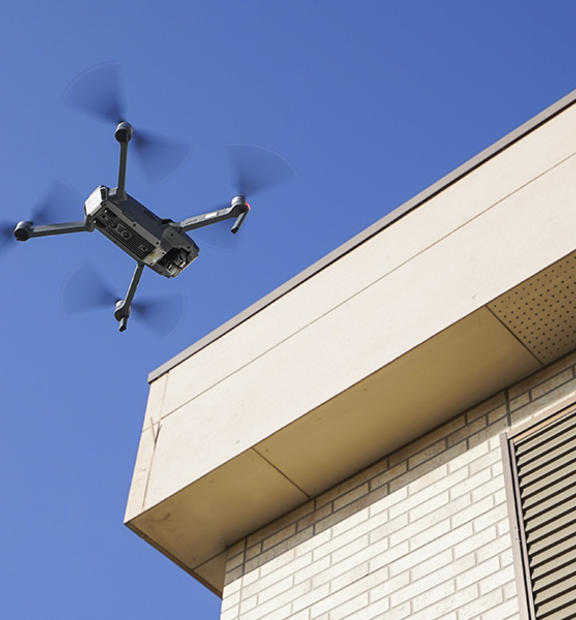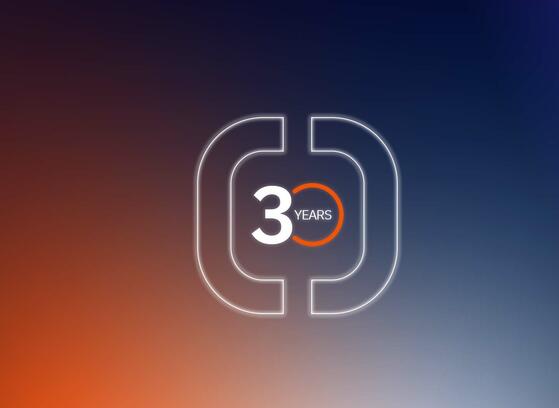If you’re looking for a network testing solution that can be integrated as part of the digital and wireless communications curriculum for your undergraduate and graduate students, what are your options?
Associate Professor at the School of Informatics, Computing, and Cyber-Systems at Northern Arizona University (NAU), Dr Fatemeh Afghah (pictured below) recently faced this question, having set an assignment for her students.
Their task was to measure and test precisely the user experience when it comes to using 4G/LTE and 5G networks on the university campus.
Dr Afghah was also keen that her students not only run drive tests but flight tests too, especially given the pandemic context. She then chose to introduce TEMS Pocket and TEMS Discovery to her students at NAU.
Air control and 3D visualization
With TEMS Pocket, NAU benefits from a drone base solution that:
- Collects real-time and real user data from lower layers of the network up to QoS and user experience (QoE) level; and
- Provides detailed control and user plane data for an in-depth analysis of the 3D RAN performance, coverage, throughput and delay.
Complementary to TEMS Pocket, TEMS Discovery enables:
- Advanced post-processing with default and/or user-defined data processing and root-cause analysis;
- Versatile data visualization; and
- 3D visualization for a better understanding of the 3D beamforming/swiping and, consequently, coverage.
The drones can perform multiple flight tests on NAU’s campus to collect information on RSSI, cell selection, handover and other network metrics in a 3D space. They use TEMS Pocket to define an aerial map of cellular coverage, which supports the drone testing.
The work involves studying the 3D dimensional characteristics of the LTE and 5G networks to service the Unmanned Aerial Vehicle (UAV) at different elevations. These UAVs carry the cellphone and collect the network performance metrics for different scenarios.
Next stops: indoor and outdoor testing, and drone flights over rural areas
Dr Afghah and her students will publish their research paper on this project in due course, acknowledging the TEMS testing solution. NAU has an IoT lab and is also looking at the tool to support a communications research project in rural areas.
Dr Afghah commented on the Infovista TEMS testing solution: “TEMS Pocket is the best tool for handover and signal characteristics for UAV aerial users.” She concluded: “It is straightforward to implement the solution with a responsive and very technically supportive Infovista team.”
Currently the department is looking at outdoor testing – both drive and drone testing – but intends to look towards indoor testing to provide an end-to-end view in the future “step by step”.










